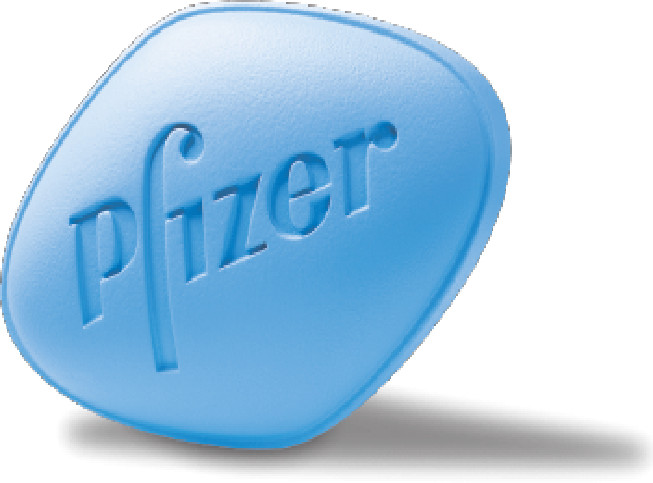
I think that the general rule of thumb is that you spend 10% of your profits on Marketing and Advertising exercises.
It’s pretty obvious that a 15 second television ad will last for 15 seconds, but for the same amount of money you could advertise on a roadside billboard for one month. Because we are not goldfish, how tuned into the ad we are will determine the message retention period. Whilst a 15 second television ad only lasts for 15 seconds, its message retention period is longer. A billboard, although costing the same and having a physical persistence period of a month may have an active persistence at the time of viewing of only a second or so, its message retention period may be less than the television ad. The billboard does however have the advantage of repetition of message which the television ad does not.
The task here is to determine what form of advertising will provide the greatest return and if this can be sustained within the constraints of your advertising and marketing budget. Sure, if pockets are deep, television repetition advertising over a period of time will probably reach far more people and a much wider demographic when compared a van wrap, however, what is the likelihood of a customer traveling 50kms to purchase your samosa’s? Would the van wrap, costing significantly less and advertising to a relatively small geographical area actually attract more customers than the television ad?
Obviously there are many variables that form the advertising and marketing mix. Each campaign will have different requirements based on outcome goals. It can be difficult to properly analyse what system will work best and more often than not, the most convenient system, or the system that provided a noticed increase in sales is the one that will be used – that is until it no longer works.
If we operate in a world that does not have unlimited resources, and you are not sure where to start or where to aim your sales and marketing activities, then the following points would not be unreasonable starting ones:
Buy ads that last months, not minutes.
Magnetic signs or vehicle wraps for car or van. Don’t forget the back of your vehicle. Put signs on truck tailgates and rear windows. Most customers don’t drive alongside your vehicle and copy down the phone or address. They are more apt to do it at a stop sign.
Use low cost and clever bumper stickers or T-shirts.
If you’re printing a colour brochure, ask the printer to quote the price of his house paper.
If using brochures, design the outside of the brochure to be permanent and the inside for future changes. That way you can print up large quantities (5,000 or more) of the outside only and have the printer keep them on hand. Then as your message changes you only have to print the inside.
You will save by doing a large run in the beginning.
You will save by only printing what you need as your company changes (Yes, it is the opposite of the point above).
Avoid outdated brochures – use weblinks on your printed material so that updates can be quickly and frequently (if required) deployed.






